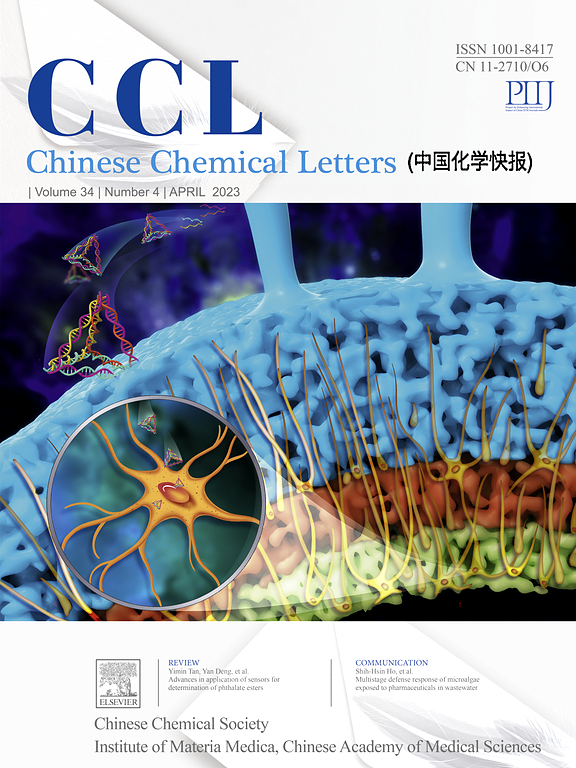Recent advances of CuSbS2 and CuPbSbS3 as photocatalyst in the application of photocatalytic hydrogen evolution and degradation
IF 9.4
1区 化学
Q1 CHEMISTRY, MULTIDISCIPLINARY
引用次数: 0
Abstract
The realization of high-efficiency photocatalysis is greatly meaningful to overcome the issues of current energy and environment, in which the core factor is the exploration of photocatalysts with promising semiconductor properties. The Cu-based metal sulfide photocatalysts of CuSbS2 and its derivative of bournonite CuPbSbS3 possess the features of earth-abundant elements, strong photostability, visible-light range bandgap, and high absorption coefficient, possessing great potential for the realization of efficient photocatalytic applications. Although the photocatalysts of CuSbS2 and CuPbSbS3 have been investigated in photocatalysis application of hydrogen production and degradation, the exploration process is still in the early-development stage. In this review, the design concept and semiconductor properties of CuSbS2 and CuPbSbS3 are firstly introduced. Subsequently, the photocatalytic applications of CuSbS2 and CuPbSbS3 photocatalysts, mainly including hydrogen production and degradation, are systematically reviewed. Finally, the challenges and prospects for the further exploration of CuSbS2 and CuPbSbS3 photocatalysts are provided.

求助全文
约1分钟内获得全文
求助全文
来源期刊

Chinese Chemical Letters
化学-化学综合
CiteScore
14.10
自引率
15.40%
发文量
8969
审稿时长
1.6 months
期刊介绍:
Chinese Chemical Letters (CCL) (ISSN 1001-8417) was founded in July 1990. The journal publishes preliminary accounts in the whole field of chemistry, including inorganic chemistry, organic chemistry, analytical chemistry, physical chemistry, polymer chemistry, applied chemistry, etc.Chinese Chemical Letters does not accept articles previously published or scheduled to be published. To verify originality, your article may be checked by the originality detection service CrossCheck.
 求助内容:
求助内容: 应助结果提醒方式:
应助结果提醒方式:


